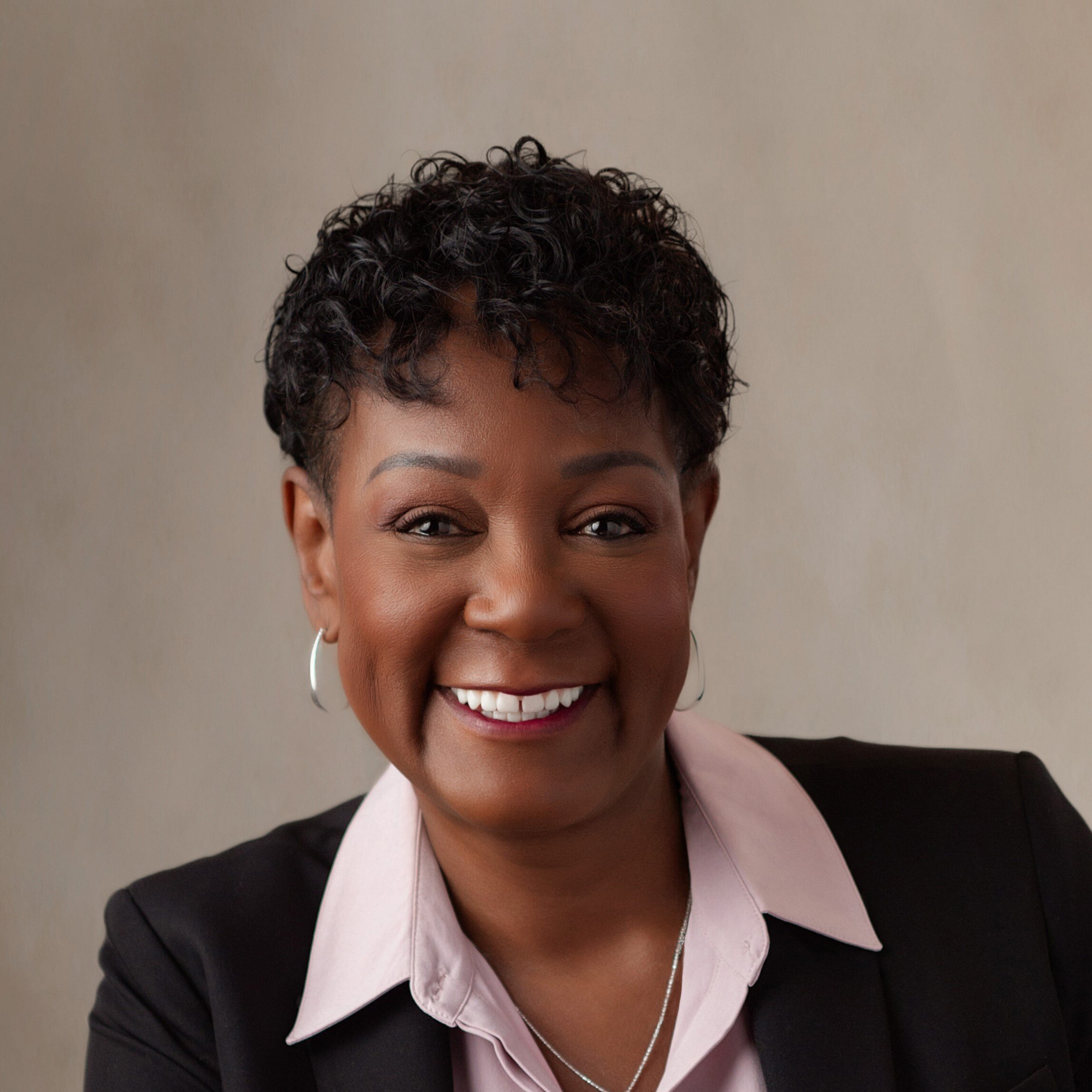Companies pay millions each year to researchers and consultants to help them understand employees in various generational cohorts. Yet some observers have begun to ask whether companies are going too far, and whether generational divisions are overblown, if they exist at all (see New York Times article Oh, to Be Young, Millennial, and So Wanted by Marketers)
We at CLG believe leaders should apply a balanced approach to the generations. Employees share much in common, irrespective of when they were born. For instance, everyone in a workplace wants to feel respected and valued by an employer, even if the meaning of respect can vary by individual.
In some documented areas, however, generational differences are both readily apparent and unmistakably significant. When it comes to making decisions, for instance, traditionalists and boomers tend to take a more collaborative approach, seeking buy-in for a given course of action prior to deciding. Younger employees tend to embrace more risk, making decisions faster and with less buy-in.
Or take feedback. Older employees like more formal feedback—think the semi-annual or annual performance review. For them, no news from the boss is good news. Gen X employees tend to like more frequent feedback tied to significant goals, such as the completion of a big project. Millennials, meanwhile, want frequent and immediate feedback. As one research study found, two-thirds of Millennials reported wanting informal feedback from their managers at least monthly, with many saying they would like it weekly. That’s a lot of feedback!
Failing to account for such differences can lead to serious problems. One client recently described the difficulties her organization has had keeping its older, more tenured employees engaged. The organization had undertaken a significant business and cultural transformation effort that had required employees at all levels to adopt new behaviors. While younger employees rallied around the changes, older workers resisted. “I just don’t fit in anymore,” they complained. “My experience is not valued. I am not valued.”
Leaders realized that they had not communicated in ways that left every generation feeling needed and valued in the new culture. To correct the situation, the organization conducted focus groups to understand what employees in various generational cohorts were thinking, and they asked members of each generation to suggest ways they could add value to the new culture.
“I had never really thought generational differences made such a difference,” my client told me. “In this case, it threatened to singlehandedly ruin our change initiative. This was a big wake-up call to me to recognize and express the value each generation brings to the workplace, especially when you need them to adopt new behaviors.”
Generational differences may not explain everything about employee behavior, but they do explain a great deal. And over the next few years, they’ll matter even more as boomers retire, Gen X steps into leadership roles, more Millennials enter the workforce, and Gen Z makes its debut. So don’t just talk about generational differences—assess their impact in areas like succession planning, culture, development, and innovation. Make generations a vital part of your business and human resource strategies. If you do, you’ll position yourself to engage, inspire, and motivate all your employees, not just a few.
















Conversation